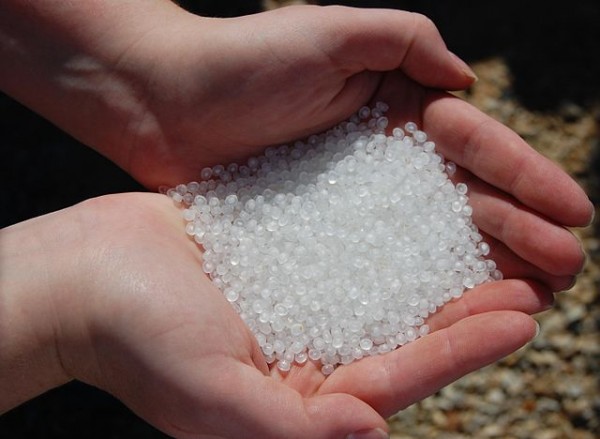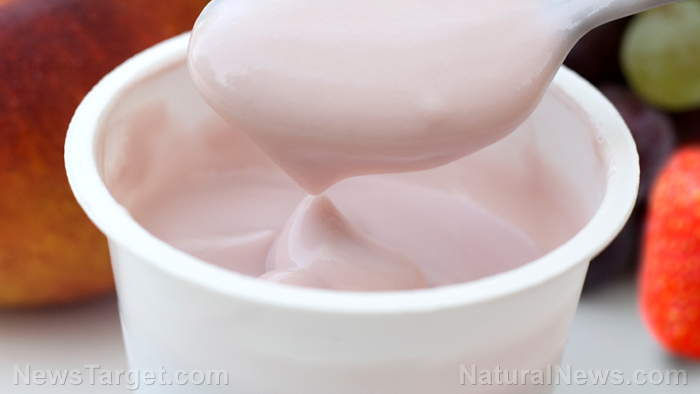
Node flower allmania can kill the larvae of dengue mosquitoes
The researchers prepared extracts from node flower allmania leaves using petroleum ether and ethanol as solvents. They employed gas chromatography and mass spectrometry to identify the phytochemicals present in the extracts. The researchers reported that both the petroleum ether and ethanol extracts contained alkaloids, saponins, glycosides and plant steroids. However, only the ethanol extract of node flower allmania leaves contained tannins. Further analysis of the ethanol extract led to the identification of nine active compounds, namely, oleic acid, 1,3-methylene-D-arabitol, rimantadine, 2,4,5-trimethyl-1,3-dioxolane, propanamide, phloroglucinol, pterin-6-carboxylic acid, 2,3-epoxyhexanol and L-Gala-L-ido-octose. The researchers then used different concentrations (2, 4, 8, 10, 15 and 20 percent) of the node flower allmania extracts to evaluate their larvicidal activity against A. aegypti. They observed the highest mortality after 96 hours among larvae treated with the ethanolic extract. The lowest mortality was observed among larvae treated with the petroleum ether extract for 24 hours. Based on these findings, the researchers concluded that the ethanol extract obtained from node flower allmania leaves is potent natural larvicide against A. aegypti, possibly owing to its tannin content. (Related: Microencapsulated compound from thyme essential oil kills larvae of dengue mosquitoes, study finds.)Other uses of node flower allmania
Node flower allmania is native to East Asia and can be found in countries like Sri Lanka, India, China, Indonesia, Malaysia and the Philippines. Described as a common weed that grows on sandy soil, it is harvested from the wild and used as a source of food and medicine. The fresh leaves of node flower allmania are considered a green leafy vegetable and are rich in iron and vitamin A. The ripe fruits and seeds of node flower allmania are also used for medicinal purposes, particularly for treating dysentery and constipation. Studies have also found that node flower allmania has plenty of medicinal properties, which include analgesic, anti-inflammatory, antioxidant, antimicrobial, antidiabetic and hypolipidemic (cholesterol-lowering) activities. In addition, the plant shows potential as a central nervous system (CNS) depressant. There are plenty of medicinal plants like node flower allmania that possess larvicidal properties and can be used as alternatives to synthetic insecticides. Learn more about these natural agents at PlantMedicine.news. Sources include: Science.news WestBatonRougeMuseum.org CDC.gov NCBI.NLM.NIH.gov FloraJournal.com Tropical.TheFerns.info IJLPR.com [PDF] IJPSR.comStudy: Coffee senna leaves exhibit anti-malarial properties
By Evangelyn Rodriguez // Share
Vehicle use of roadways linked to majority of microplastics in the air
By Divina Ramirez // Share
A high-fiber diet may help reduce inflammation linked to COVID-19, study suggests
By Divina Ramirez // Share
We may finally find ALIENS by 2026, thanks to NASA’s new space telescope
By Virgilio Marin // Share
Festive vegan holiday recipes: Sweet and hearty stuffed acorn squash
By Rose Lidell // Share
Grid Down, Power Up: The silent threat to national survival
By ramontomeydw // Share
Janet Airlines' MYSTERIOUS flights to Area 51 fuel speculation
By kevinhughes // Share
Chinese national charged with smuggling deadly bacteria into the U.S.
By zoeysky // Share
Two-thirds of Americans support social media ban for teens under 16, poll shows
By bellecarter // Share
New course backed by neuroscience explains how to break free from ADDICTION in 21 days
By ramontomeydw // Share
"Regenerate Yourself Masterclass" on BrightU: Food is the ultimate medicine
By jacobthomas // Share











